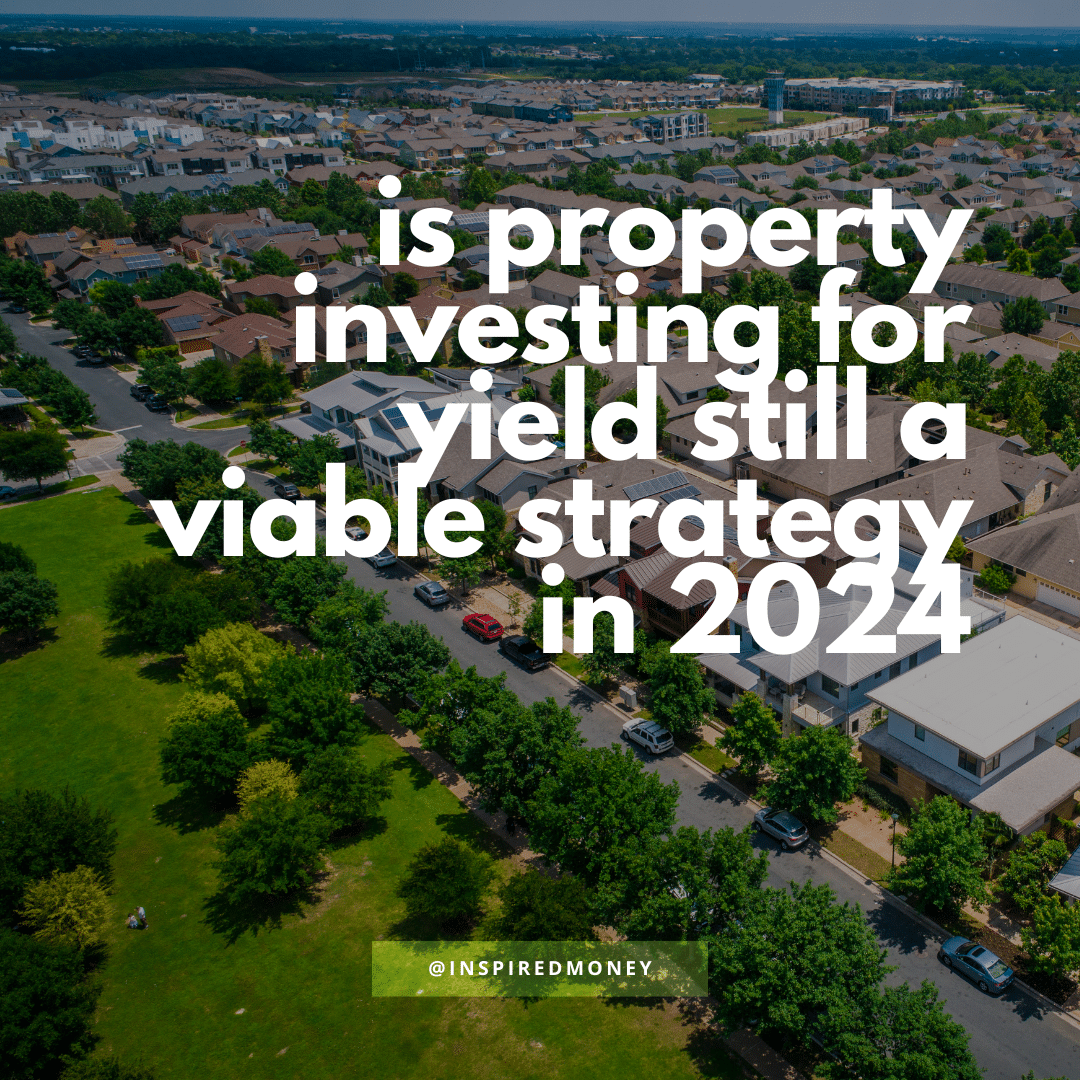Property investing has long been a cornerstone of wealth creation for many Australians. However, recent developments suggest that the strategy of investing for yield might be losing its appeal. With increasing government regulations, rising costs, and changing market conditions, many investors are beginning to question whether property still offers the returns it once did.
In a thought-provoking article titled “Is Property Investing for Yield Dead?” by Michelle Bowes, published on August 30, 2024, a deep dive into the challenges facing property investors today is presented. Bowes argues that while the complete elimination of negative gearing remains politically challenging, the ongoing adjustments and policies by state governments are slowly eroding the attractiveness of property investments.
The Impact of Government Policies on Property Yields
One of the central themes of Bowes’ article is the significant impact that state-level policies are having on property investors. She notes that rather than a single, decisive blow to property investing, governments are employing a strategy of “death by a thousand cuts.” This includes higher taxes, new levies, and restrictions on rent increases, particularly in states like Victoria and New South Wales.
“Rather than dealing a fatal blow by ending negative gearing on property, governments are bringing about death by a thousand cuts,” Bowes writes, highlighting the cumulative effect of these policies on investors.
Financial Pressures Beyond Taxes
Beyond the direct impact of government policies, property investors are also facing rising non-tax expenses. Interest rates are climbing, and the costs of repairs and maintenance are being inflated by broader economic factors. Bowes points out that landlords are finding it increasingly difficult to pass these costs onto tenants, squeezing their potential returns.
“When coupled with higher non-tax expenses, such as interest on finance and inflation in repairs and maintenance, landlords are being squeezed,” Bowes explains.
This financial pressure is further compounded by the fact that gross rental yields across major Australian cities remain stagnant at around 3.7%, with net yields often 1 to 3% lower after accounting for holding costs.
Regional Disparities in Property Investment
Interestingly, while Victoria and New South Wales are the hardest hit, Queensland presents a slight anomaly in the current investment landscape. Despite facing potential future challenges, Queensland has seen growth in property investment lending that exceeds the national average, driven by strong property price performance and a relatively less aggressive stance from the state government—at least for now.
However, Bowes cautions that this could change, as state treasury forecasts indicate a significant increase in land tax receipts over the next four years. Investors in Queensland may need to stay vigilant as the state government could potentially introduce more restrictive measures in the future.
The Future of Property Investing for Yield
As the landscape continues to shift, Bowes suggests that the future for property investors looks increasingly uncertain. The ongoing government interventions and economic pressures are likely to continue reducing the appeal of property as a yield-generating investment. Many investors might choose to redirect their capital to other asset classes that offer better returns and liquidity with lower risk.
“With such strong headwinds pointing to a slow and torturous decline in property yields, many buyers are likely to simply throw in the towel and deploy their money elsewhere,” Bowes concludes.
Is It Time to Reevaluate Your Investment Strategy?
For those who have traditionally relied on property investments for steady returns, now might be the time to reconsider your strategy. The landscape is undoubtedly changing, and while property has historically been a reliable vehicle for wealth creation, the current environment suggests that diversification into other asset classes could be a wise move.
Michelle Bowes’ article provides a compelling analysis of why property investing for yield has become increasingly unattractive. Investors need to stay informed and critically assess whether property still aligns with their financial goals in this evolving market.
If you have any queries or concerns regarding your property portfolios please reach out to me or one of the Inspired Money Team who are ready, willing and able to assist you with them. Yuo can contact them by visiting our website www.inspiredmoney.com.au or calling us on 08 6222 7909.






